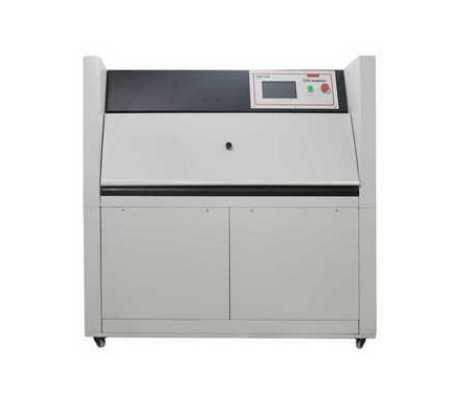Why use UV lamps in the UV Aging Test Chamber?

The reason why UV lamps are used in the UV Aging Test Chamber is that they are more stable than other lamps and can better reproduce the test results. Using a fluorescent UV lamp to simulate the impact of sunlight on physical properties, such as brightness drop, cracking, peeling, etc., is the best method. Although ultraviolet light (UV) accounts for only 5% of sunlight, it is the main light factor that causes the durability of outdoor products to decrease. This is because the influence of sunlight's photochemical reaction increases as the wavelength decreases. Therefore, when simulating the destructive effect of sunlight on the physical properties of the material, it is not necessary to reproduce the entire sunlight spectrum. In most cases, only short-wave UV light needs to be simulated.
UV Aging Test Chamber is divided into domestic and imported. QINSUN is a textile testing instrument manufacturer, which can independently develop and produce domestic instruments, and can also act as an agent for ATLAS imported products. Customers in need are welcome to inquire in time.

The UV Aging Test Chamber uses an ultraviolet fluorescent lamp that simulates the UV spectrum of the sun, and combines temperature control and humidity supply devices to conduct climate change tests on the material to evaluate the weather resistance of the material.
The main parameters:
1. Eight 40-watt ultraviolet fluorescent tubes;
2. Radiation uniformity: covering 4% of the entire sample surface;
3. Irradiance: low: 0.35W/m2 (UVA, UVB); high: 1.55W/m2 (UVA), 1.23W/m2 (UVB);
4. Ultraviolet wavelength: 290nm~400nm;
5. Test time: 0~9990H adjustable;
6. Blackboard temperature range: ultraviolet phase-BPT35-80°C (95-176°F); condensation phase-BPT35-60°C (95-140°F);
7. Sample capacity: 48+BPT on 24 sample holders;
8. Spray water pressure: 25-40psi (1.7-2.7bar), purity: less than 1ppm of dissolved solids, silicon: less than 0.1ppm, conductivity: less than 5us/cm or 200kohms;
9. Condensate requirements: Pressure: 2-60psi (0.1-4.1bra); Purity: Deionized water is recommended, but not required.
The UV Aging Test Chamber can have several different UV lamps to choose from. Most of these UV lamps mainly produce ultraviolet light, rather than visible light and infrared light. The main difference between the lamps is the difference in the total UV energy they produce in their respective wavelength ranges. Different lamps will produce different test results. Although these UV light, which is much shorter than the natural wavelength, can accelerate the test to the greatest extent, it will also cause inconsistency and actual degradation of certain materials.
The advantages of using UV lamps in the UV Aging Test Chamber are: fast test results are obtained; simplified illuminance control; stable spectrum; only very little maintenance is required; the price is low, and the operating cost is reasonable.
2021-10-28 13:23

